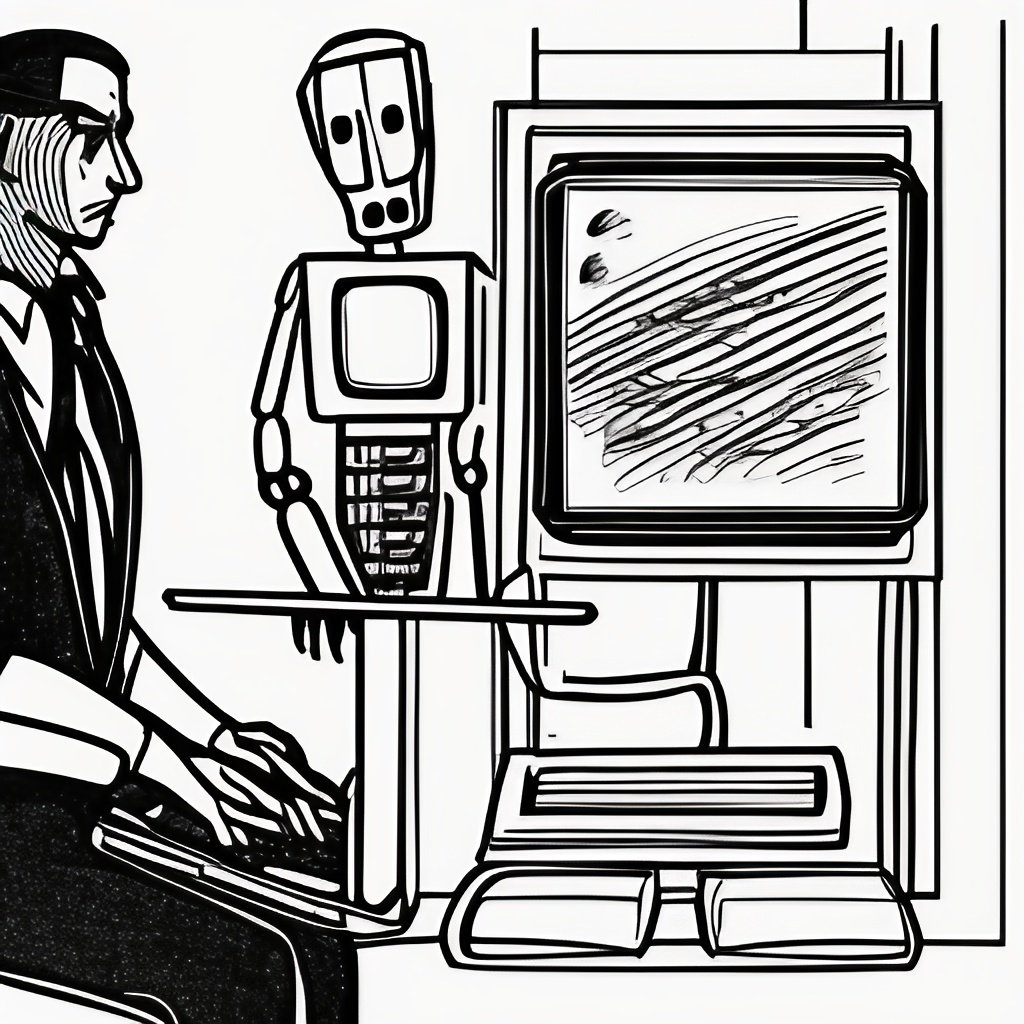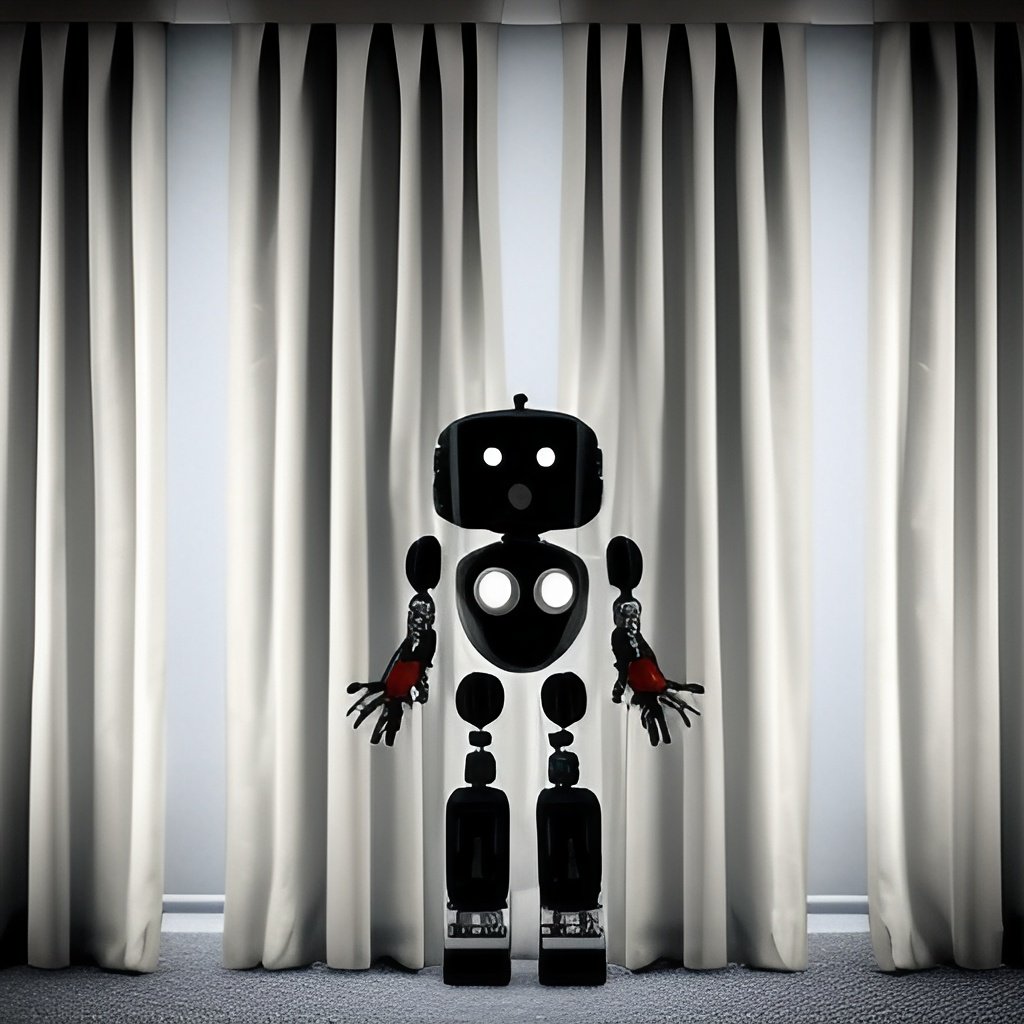AI-generated content is a thing. Savvy marketers and writers use it to create ads, emails, blog articles, social media posts, and entire books. Up until recently, the best artificial intelligence could do was produce a garbled mess of words and phrases. Yet, that is changing as technology has improved, making it harder to detect the difference between content written by an AI bot and something written with the human mind.
The rise of AI content
Writers are notoriously lazy and will use any advantage to research and write faster but get paid more. Fortunately, for many willing to take shortcuts, artificial intelligence has gotten really good at writing for us. Really scary good in fact with ChatGPT, GPT-3, and GPT-4.
Now, AI software like Jasper, Neuron, and Article Forge can generate articles and other types of content quickly and affordably. These days, just about anyone with internet and a little cash can be a content marketer. This technology has gotten so good in the past year, they can write entire blog posts in under three minutes with little input from humans, which is often indistinguishable from human writing.
There is no end in sight here. Over the next few years, this machine learning will only get better, even fooling trained editors and writing professionals.

Drawbacks of AI Written Content
There are some disadvantages of AI content, including repetitiveness and inaccuracies. Yet, the most important drawback is that AI still lacks a human’s ability to create an engaging and interesting article.
As of now, AI written content is not as well-crafted or creative as human-written content. As AI relies on algorithms and pre-programmed rules, it is unable to develop the same level of personalization or finesse as a human author can. AI written content may also require extra editing time and effort from humans to ensure the accuracy and clarity of the text.
In addition, some expect AI to take jobs from human writers. Many of the mundane writing tasks still handled by actual people could be replaced with a machine in the near future.
Is it important to detect AI content?
Detecting AI content is becoming increasingly important as AI technology advances. It’s no secret that misinformation and plagiarism are rampant on the internet. AI will likely only make it worse. An AI bot reading bad facts and figures will only regurgitate them and create more misinformation. For accurate, relevant information, an internet user needs to tell the difference.
Plus, human content writers need to know their research is accurate as well, so they don’t inadvertently spread even more misconceptions and half-truths. Blogs and other sources of information will become more valuable if created by humans for humans.
Furthermore, it can help protect users from unethical or dangerous practices such as deepfakes and automated bots. By detecting AI content, we can ensure that only ethical uses of the technology are employed and that users are not exposed to potential harm caused by its misuse.

Can Google detect AI content?
Search engines like Google can detect AI content. It is able to do so thanks to its sophisticated algorithms and natural language processing capabilities. Google can recognize when a piece of content has been created by AI, even if it is indistinguishable from human-generated content. This allows Google to ensure that search results are accurate. Bloggers, you should pay attention if you are posting content that was written by AI. Google has stated that poorly generated content will rank lower.
Google uses AI detection to block malicious AI content, such as spam or fake accounts being used for manipulative purposes. The search giant wants users to have a safe and reliable experience when browsing the web.
Ways to detect content produced by AI
While it can be hard to root out content written by a machine, there are some tell-tale signs. A dry, personality-dead tone is one indication. If an article feels generic or written blandly, most likely it was created with one of the many AI writing tools in existence.
Repetition is another sin of AI-generated text. AI reads and spits out large volumes of data. Often, this data is a mixed bag of the same information about a topic. The machine doesn’t know any better than to say the same thing again and again.
Other more obvious signs can include poor sentence structure and grammar errors. And, of course, there are frequent factual inaccuracies as already stated.
What about AI detection tools?
With every action, there is an equal and opposite reaction. With the rise of content created by software, AI detection tools are being released at a rapid pace. Using a language model, these tools exist to analyze content to determine if it was written by a human or generated by AI.
As of yet, most AI detection tools are not entirely accurate. Using known patterns and natural language processing (NLP), they can only really guess if content was generated using some sort of AI writing tool.

Best AI content detectors
There are so many detectors out now, it’s hard to say which is the best. Each has its own features and benefits.
There is Writer.com. With this one, simply copy and paste your content and the tool will go to work, giving you the results very quickly.
Then there is the interestingly named Hugging Face. This free AI content detector also allows users to paste text into the platform to spot AI-written content.
Another available free tool is from Copyleaks. This company claims its software is able to detect AI 99% of the time. They also have a Chrome extension available.
Originality.ai’s module gives a score of 0 to 100 for content. The higher the number the greater the chance your submitted text was generated by a machine and not written by humans.
Summary
AI content creators like ChatGPT are not going away. They are only getting better. It’s already past the point where the average reader will not be able to tell the difference between human-written text and something robot created. Now, it’s robot against robot to expose the AI writers and misinformation we humans are unable to detect.


